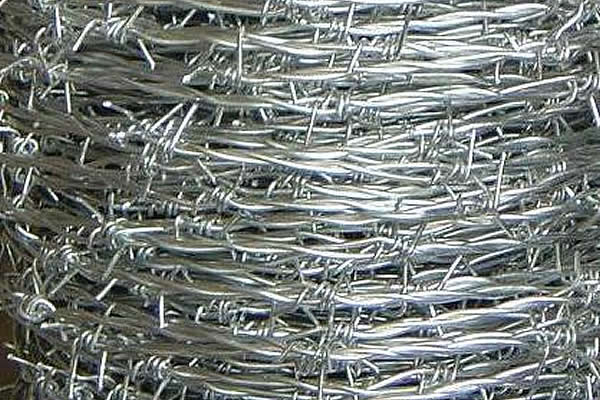 TEL:
+86-13102802206
TEL:
+86-13102802206
 Email:
fencenetting@china.com
Email:
fencenetting@china.com
 Language
Language
 TEL:
+86-13102802206
TEL:
+86-13102802206
 Email:
fencenetting@china.com
Email:
fencenetting@china.com
 Language
Language


A 1% Roll of Barbed Wire A Symbol of Resilience and Protection
Barbed wire, a seemingly simple invention, has played a crucial role in shaping agricultural practices, securing properties, and delineating boundaries around the world. Imagining a singular, 1% roll of barbed wire conjures a broader discussion about its significance, functionality, and the stories it can tell about resilience and protection.
A 1% Roll of Barbed Wire A Symbol of Resilience and Protection
Every inch of barbed wire carries a story. Imagine a single, twisted strand of thick metal, sharp edges carefully designed to deter any would-be trespassers. As one walks along a farm bordered by this simple yet formidable barrier, one can reflect on the resilience it represents. It stands for the farmer's tireless effort in maintaining their land, safeguarding their livelihood against environmental challenges and unwelcome visitors. Each tiny barb signifies the struggle against adversity, embodying the determination to protect what has been cultivated with years of hard work and commitment.

Barbed wire was not only transformative for agriculture but also found its way into military applications throughout history. During the World Wars, barbed wire became synonymous with trench warfare, marking the terrifying and chaotic battlefields. The presence of barbed wire in such contexts evokes powerful imagery—the entangled web of fear and survival, creating physical and psychological barriers. A solitary 1% roll represents more than just a tool; it is a stark reminder of the sacrifices made for safety and the harsh realities faced during times of conflict.
Moreover, in modern society, the use of barbed wire extends beyond farms and battlefields. It features prominently in urban areas, providing security for properties, prisons, and sensitive sites. The 1% roll serves as a microcosm of our ongoing struggle for safety and the lengths to which we go to achieve it. In an era where security concerns are ever-present, barbed wire stands as both a guardian and a symbol of division—dividing what is protected from that which is not.
The craftsmanship behind barbed wire is often overlooked. Producing a single roll requires precision and engineering mastery, each barb strategically placed to serve its purpose. A 1% roll of this wire, although modest in size, encapsulates the ingenuity of human solutions to age-old problems. It also invites conversations about sustainability, as modern variations aim to blend functionality with environmental consciousness—a nod toward a future where protection and nature coexist more harmoniously.
In conclusion, while a 1% roll of barbed wire may seem trivial at first glance, it encapsulates a wealth of meaning and significance. It represents resilience in agriculture, reflects history in warfare, symbolizes modern security, and showcases engineering ingenuity. This simple material serves as a potent reminder of humanity's enduring quest to protect what we cherish and navigate the complexities of our ever-evolving world. As we consider our relationship with barriers—be they physical, emotional, or ideological—we may find in that small roll of wire a larger reflection of our shared human experience.